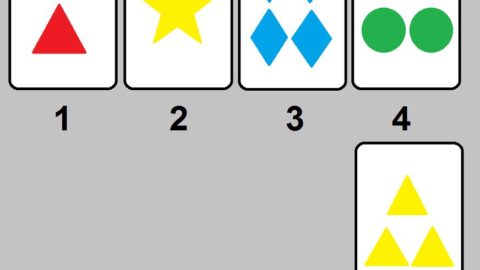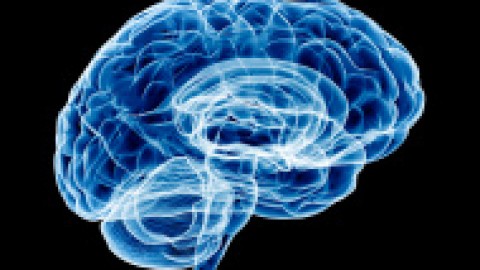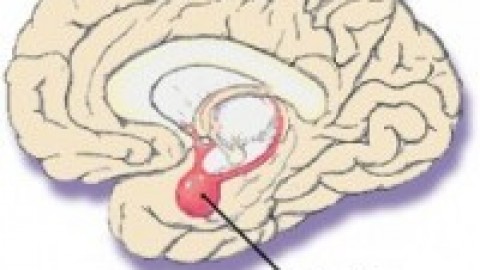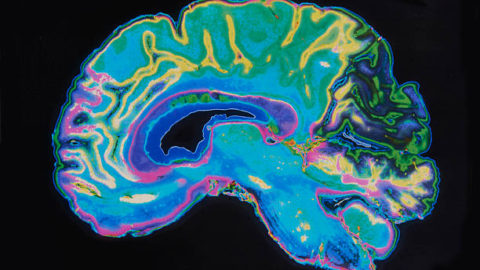# Making music # Brain #Plasticity
Did you ever hear that left brain is for language and math and the right brain is for music? It is time to throw those redundant concepts and reboot your understanding, especially in understanding the brain modulation through learning and playing music. There is this brilliant woman Dr. Margaret Martin who is the Founder and the National Director of the Harmony Project of America who is trying to yank the kids from the gang infested neighborhoods of Los Angeles to go on to achieve higher education by offering free music lessons and building their brain’s plasticity.
Inspired by her, I began to learn guitar myself. I realized how intricate music learning really is…First, I needed to learn to read each letter to play beginning with E, F, G, then keeping these in my working memory, I needed to shift from one key to the other while reading-switching with flexibility, the task demanded precision where sustained attention is needed, then I needed to hear the sound that matches the key to integrate the motoric strumming to listening with the ear- sensorimotor integration, I needed to know where the keys are on guitar to strum while looking at the book in the front that required visuospatial acuity, and on repetition, I am slowly able to integrate the short-term memory into long-term memory through learning. And I noticed that if I were to keep the rhythm going at the required speed, I need to switch from one note to the next as I am reading the notes in front of me in the book- slightly keeping ahead of the note I am strumming that requires forward planning. If I were to learn a new song, information processing is in play. If I were to apply my basic knowledge of the keys for a brand new song that I write (which by the way is still a dream in my case), it requires executive function generated by the integrated language and auditory whole brain networks that learnt the base skills on my 10,000 hours of practice (still logging) in music making.
Now you know clearly that music making involves so many brain domain functions. There is now abundant research to illustrate this through a noninvasive electrophysiological approach that provided ‘a biological snapshot of auditory processing’ in children (Kraus and White- Schwoch, 2016). Dr. Kraus and her colleagues showed how music making strengthened sound processing syllables, syntax, and semantics, and working memory and attention. There are incremental gains if children learn music for 3 years, better than even 2 years! Even seven months of active music training distinctly helped youth with reading and writing difficulties (Flaugnacco and others 2015; see also Bonacina and others 2015).What is fascinating is that the neural signature of low-SES backgrounds is partially erased by high school music training, further supporting music as a community-based intervention to enrich brain function. When parents ask me what extracurriculars are good and in what proportion, I tend to recommend music as one of the choices. Meanwhile, I will keep learning at the Chicago School of Music and practicing my guitar on daily basis and see if I am improving any!















